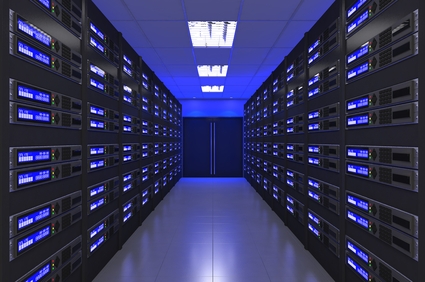
Talking Points for Leasing Rack Space
Situation: You’re a small to medium sized business (SMB) who is growing on a yearly basis and can no longer afford to spend the time managing your own IT solutions. While this is a great sign for your thriving company, it is also a sign that you need to invest time into learning about and researching colocation hosting providers. Due to this, read below to find out some of the most important things you need to ask your potential colocation provider.
Space
First things first, before you ask about price, bandwidth or security features of your web hosting providers data center, you need to understand how your soon to be formerly internal IT solutions fit into your new providers facility. The truth of the matter is as a growing SMB you most likely haven’t been managing many of your own servers. Maybe you have a server for your telephony needs, your exchange needs and your web hosting needs. All told, your server footprint isn’t a large one.
That said, as is the plan of any business, your plan for the future is growth. This means growing enough to expand to more servers. Due to this, your first objective is finding out growth ability. When you first enter your new provider’s data center, you are going to be placed in a rack with other companies, unless otherwise specified. This is fine for now however if you have plans to grow your business and by default, your IT needs, you are going to have to utilize more space within the data center. As such, you need to ask your provider if a) you have room for growth, b) how much room for growth is there and c) if you can, eventually, expand your presence to multiple racks moving to a half rack, a ¾ rack, a full rack and eventually, a full cabinet.
Power and Cooling
More important than pricing, when it comes to finding a great colocation provider to handle your rack of servers, you need to understand the power and cooling capabilities of your provider. This means understanding the Tier data center your colocation web hosting service operates out of and understanding how your providers’ data center deals with redundant power and cooling.
The short of this conversation revolves around understanding the tier data center your provider operates out of. While we won’t rehash what each tier means, we will provide you with our comprehensive breakdown of data center tiers. By knowing the tier of data center your colocation rack provider operates out of you, you will know how redundant their facility is and in turn, how safe your rack of IT solutions are with said provider.
Uptime
More important than pricing is uptime. Uptime refers to the amount of uptime your IT solutions will experience over the course of a single calendar year. When you invest in a colocation provider, you enter into their SLA or Standard Level Agreement. The SLA is a binding contract of sorts which specifies what your provider will supply you with. One of these details is service uptime. Service uptime is determined by the tier of data center your provider operates out of and point in case, the more uptime you have over the course of the year, the happier you will be. However, if you choose to utilize a colocation provider who has awful uptime, you will pay more in lost business than it cost you in total to sign up for your single rack of colocation services. This is why uptime is a more important question to ask than rack space colocation pricing.
There they are Space, Power and Cooling. Uptime. Before entering into a colocation hosting contract, understand how all will impact your hosting.